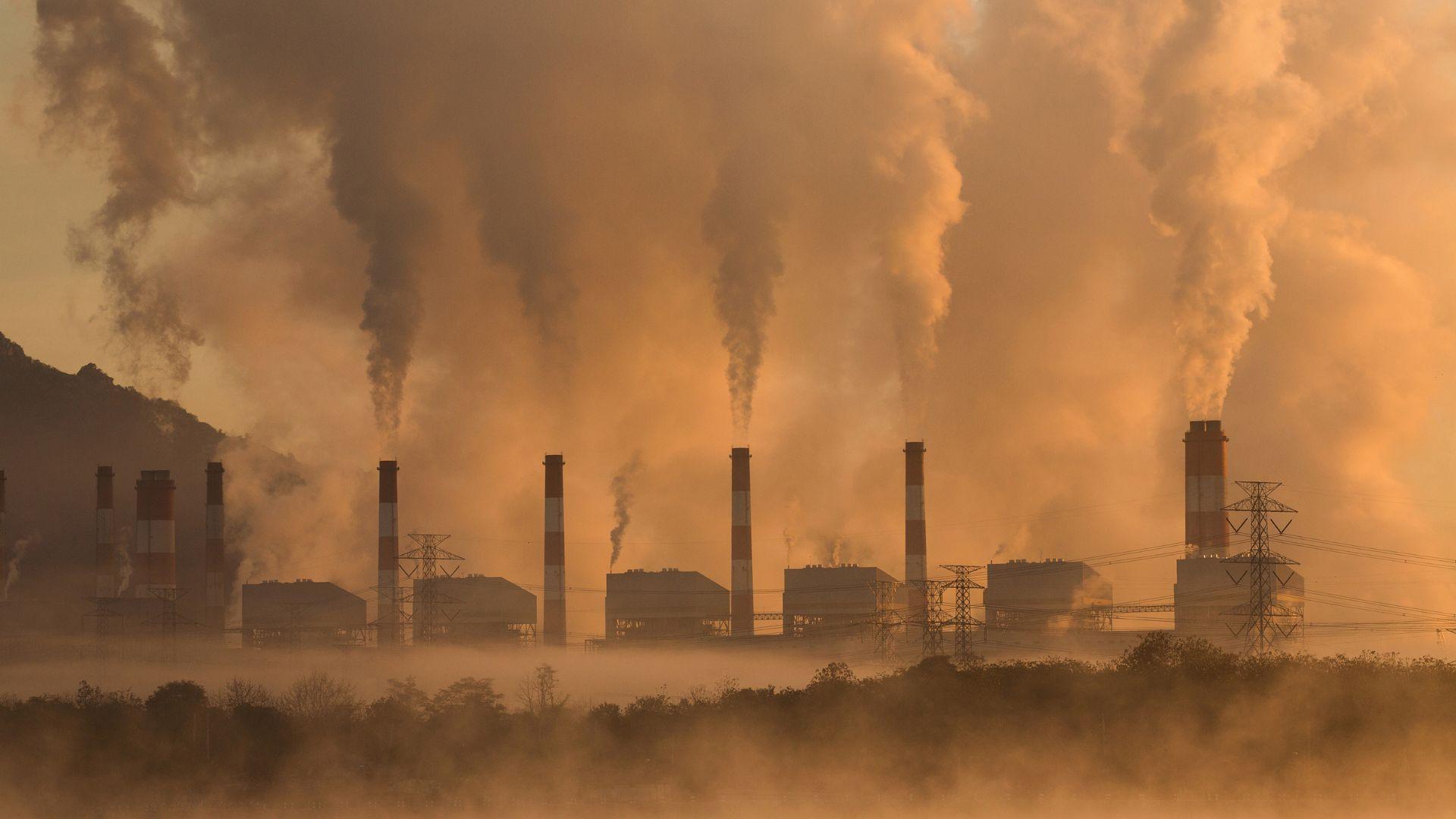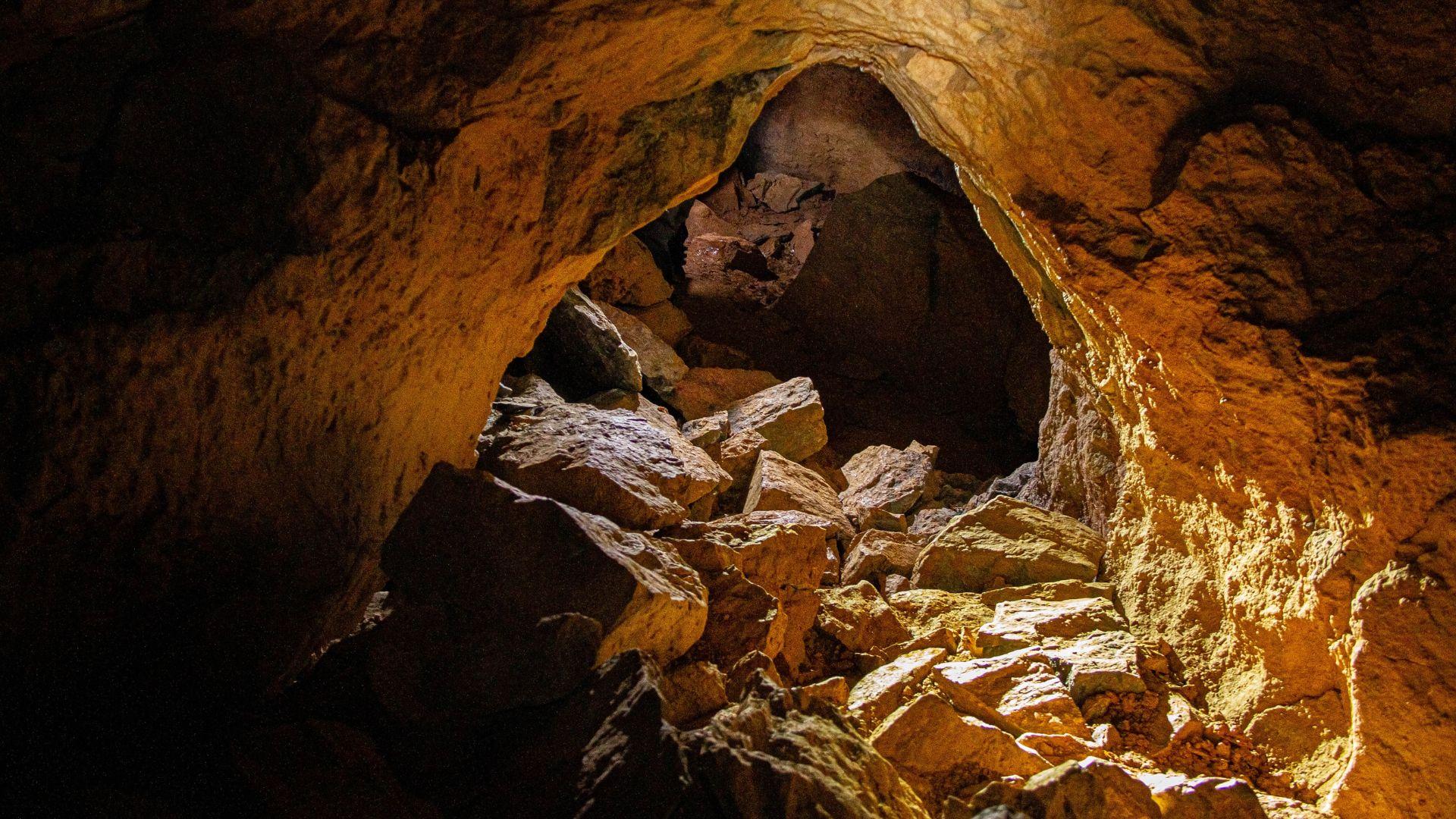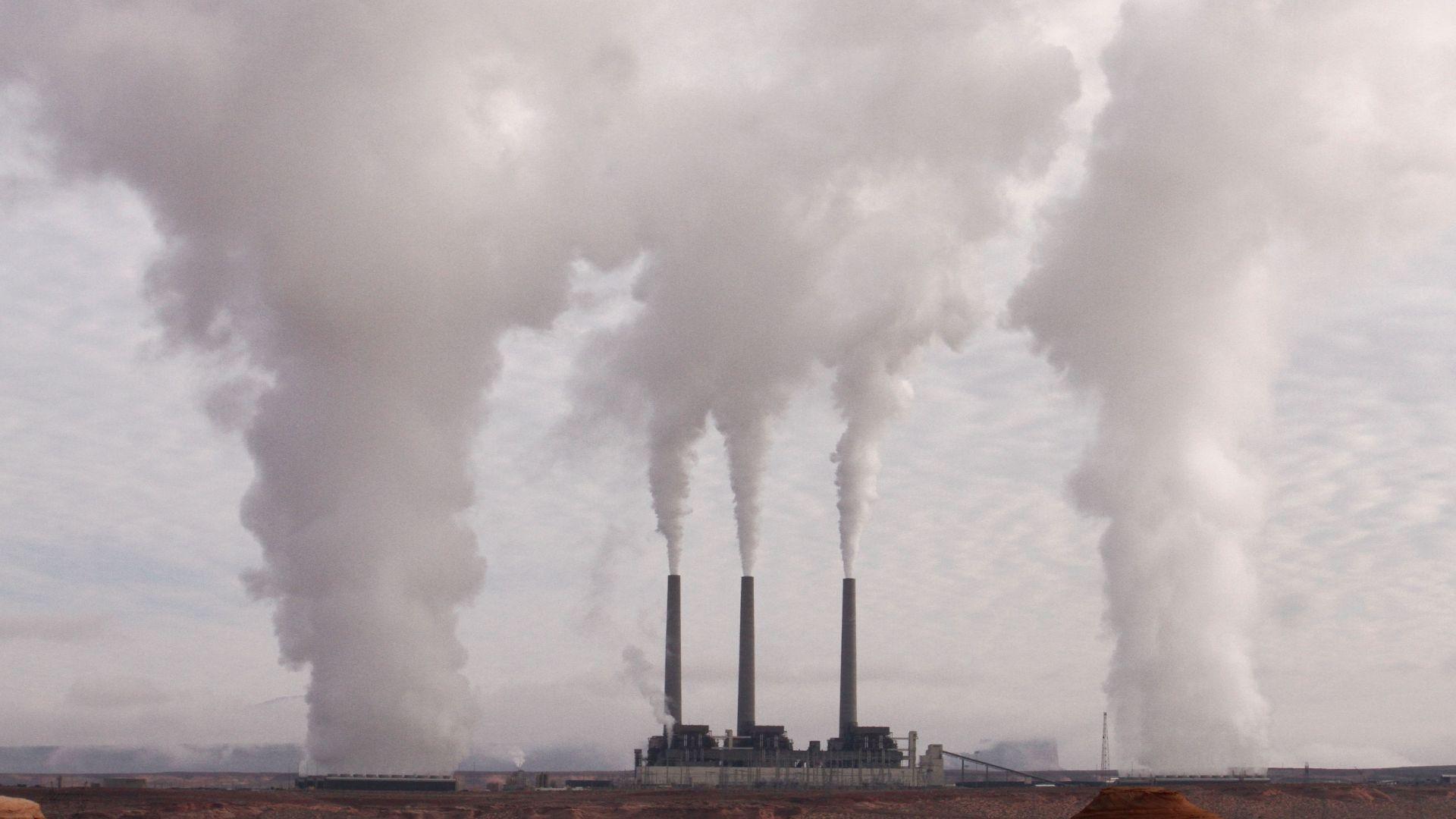Global warming is, quite possibly, the single most important and pertinent disaster world-wide. Earth is changing rapidly and we have to stop these dangerous transformations before it is too late.
The changes in our atmosphere are extremely concerning. We have to recognize that our whole planet, including our air, is polluted; there is an overabundance of carbon in our air due to the way that we live. Luckily though, a group of scientists from Texas may have just discovered one way we can work towards a cleaner future: one with far less carbon and climate change.
Carbon Pollution and Global Warming

Carbon pollution is one of the leading causes of global warming. This dangerous overheating of the planet has already started to impact life on Earth and unless we do something about it, it will only get worse.
Global warming leads to rising sea levels, more extreme weather events, and negative impacts on global food supply. Carbon storage is one way that researchers believe that we can attempt to negate the effects of carbon pollution.
Current Methods of Storing Carbon

Today, the most prevalent approach to storing carbon is by capturing it and injecting it into underground reservoirs. However, this technique carries several risks such as leakage, groundwater contamination, and potential seismic activity. Additionally, not all regions are suitable for this method due to geological limitations.
Of course, there are other methods. However, most of them—like the use of amine-based adsorbents to capture carbon—are far too energy-intensive.
A New Method

A team of researchers from the University of Texas at Austin has just developed a new method to store carbon. This technique captures carbon from the atmosphere in a much faster and easier manner than the current popular methods.
Aside from being quicker, easier, and less energy-intensive than the current methods, it can also be done without any of harmful accelerants that some of the current methods require.
Carbon Dioxide Hydrates

The method developed at the University of Texas at Austin enables the rapid creation of carbon dioxide hydrates that resemble ice formations, which can be stored in the seafloor.
Vaibhav Bahadur—a professor in the Walker Department of Mechanical Engineering department at UT Austin—led the research which allowed scientists to discover this new method. “Hydrates offer a universal solution for carbon storage,” he claimed.
Magnesium Technology

However, the discovered technology is still in its infancy and more research will have to be done to make it a viable storage option. “For [hydrates] to be a major piece of the carbon storage pie, we need the technology to grow them rapidly and at scale,” Bahadur explained.
The new method utilizes magnesium to drive the formation of hydrates at a rate six times faster than previously achieved with chemical promoters. Additionally, the process is supported by seawater, making it accessible for any country with a coastline. If technology advances, this method could be the key to saving our planet.
Viable Carbon Storage

“We are essentially making carbon storage available to every country on the planet that has a coastline,” Bahadur said. The hydrate technology could change life as we know it on Earth—for the better.
The new research, with the hope of continued studies, makes hydrates a viable option for large-scale carbon storage.
Equatic’s Contributions

The team at the University of Texas at Austin is not the only group of scientists looking to create new methods of carbon storage technology. There are many advancements in the quest to capture and store the carbon that’s already trapped in the atmosphere.
One notable example is a California-based start-up called Equatic. Their new ocean-based carbon removal plant—which is the first of its kind in North America—is expected to remove more than 120,000 tons of carbon from the air every year.
A Future of Clean Energy

Carbon storage is just the first step to make a cleaner Earth. Carbon removal is also an essential part of the cure for climate change—any carbon that is produced will, hopefully, one day be easily eradicated from the environment.
Additionally, transitioning away from fossil fuels—like coal, petroleum, and natural gas—is the most crucial part of bringing Earth back into balance. Fortunately, there have been a number of recent amazing advancements in research which are all working toward a transition to wide-spread, low-cost clean energy.
A Cleaner Future

Bahadar believes that the new hydrates method coming out of the University of Texas “makes [carbon] storage more accessible and feasible on a global scale and brings us closer to achieving a sustainable future.”
New carbon-trapping technology, along with existing-carbon removal and the switch to clean-energy long-term, will ensure that our planet is a pleasant place for all of the future generations to come.

